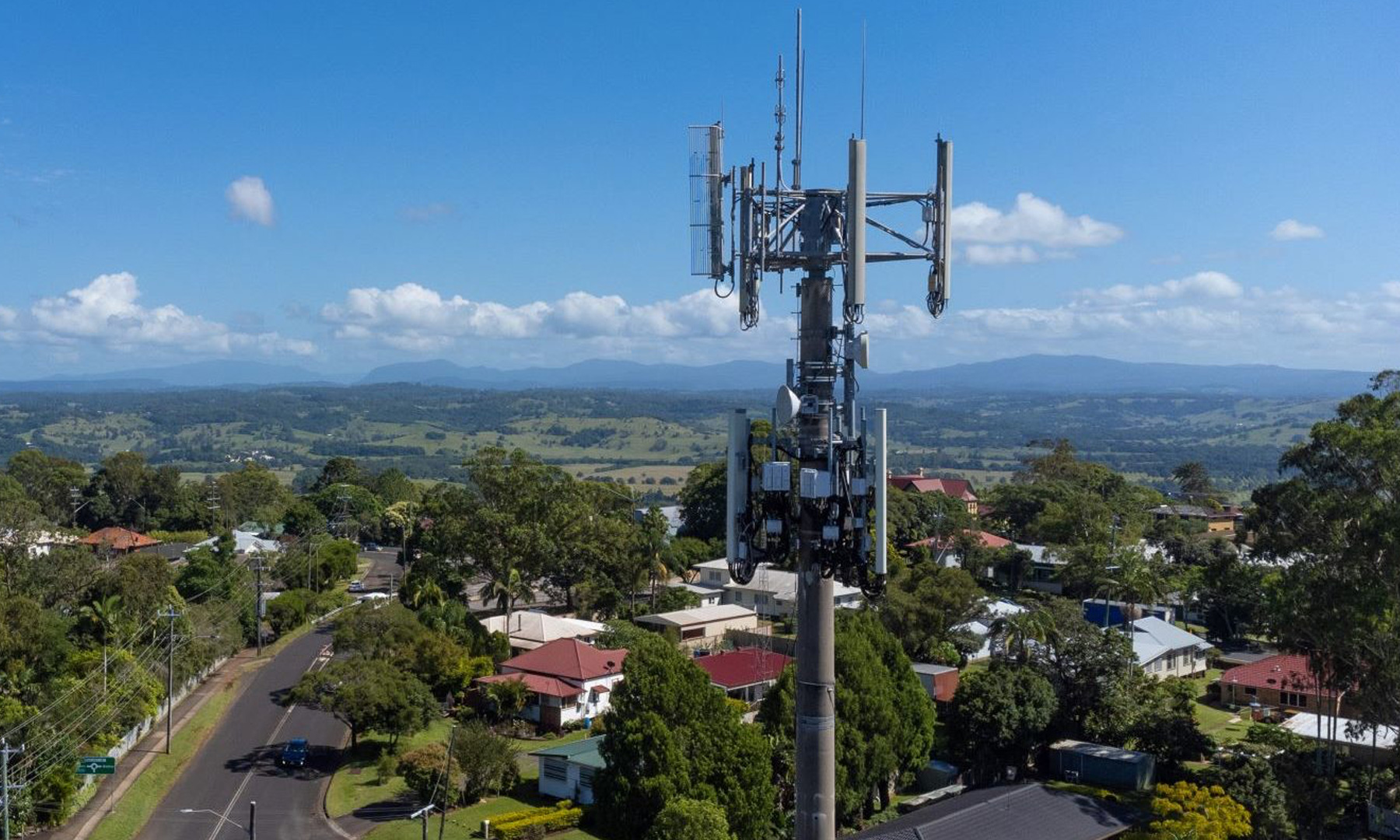As the Australian 5G network rollout progresses across the major telecommunications providers, mobile network operators are readying themselves to decommission 3G services. While 3G will still be around for a few months longer, we've already seeing telcos wind down parts of their 3G networks as 4G & 5G infrastructure is deployed. While mobile phone handsets are usually updated by business users fairly frequently there are a number of other devices that may be affected including and may require updates to continue providing service; including some home alarm systems, medical devices such as fall detectors, and fleet management devices such as in-car crash notification and roadside assistance systems.
3G was rolled out in 2003. At the time it provided groundbreaking data and network speeds. Now the modern standard is 4G or 5G, so a lot of devices won't be affected by the change. But some people, particularly in remote and regional areas, still rely on the 3G network. You can check if your device depends on 3G with the manufacturer, and if it does, they should be able to tell you how you can stay connected. While most large businesses have completed their transition to 4G, millions of devices in Australia, like transport and agriculture equipment, alarms, and sensors, still use 3G networks.
Australian businesses that still haven’t replaced all of their 3G hardware need to choose the right replacement hardware quickly to keep their systems online and up-to-date.
Telcos will begin shutting down their 3G networks from December 15. Vodafone will be the first network to disconnect, followed by Telstra on June 30, 2024 and finally Optus network in September the same year. New Zealand is also set to shut down their 3G services. The country will begin to close their 3G networks in August next year and will be finished with the transition towards the end of 2025.
Telstra regional general manager Michael Marom said Australia has outgrown 3G.
"It's time to say goodbye to 3G and welcome in a better 4G network."
"When you look at the usage of data increasing at a rate of over 30 per cent per year, it's no longer fit for purpose for modern use" Mr Marom said.
Mr Marom said Telstra will have increased its 4G footprint so it is larger than the area currently covered by 3G by the time it decommissions the network.
What is 3G?
The 3G mobile network is the third generation of global telecommunications networks. Every 10 years or so a new generation is released, hence why 3G has since been replaced by 4G, and 4G was surpassed by the current 5G network — all dating back to the original analog 1G network dating back to the early 1980s.
If you want to get technical, 3G networks transfer information at a rate of at least 144 kilobits-per-second (kbit/s), 4G is 30 megabits-per-second (Mbit/s), and 5G is 50 Mbit/s. 5G started rolling out in 2019, so any 6G technology is still in its infancy.
Why is it being shutdown?
Every generation of technology reaches a point of obsolescence before it is superseded. When it was released in 1991, 2G technology was revolutionary, with 40kbps speeds. However, it has long since been eclipsed by 3G (2Mbps) and 4G LTE (150Mbps), and now with 5G (1Gbps).
The evolution of the carrier network has two different objectives. The first is to increase data speeds. The second is to better meet the needs of IoT devices, which often only transmit small amounts of data and therefore do not require high data bandwidth but need long battery life and greater coverage. For carriers to roll out these new network services, they need to shut down older networks to re-farm the spectrum bands. For this reason, telcos in Australia have decided to repurpose the 3G spectrum band.
Is this shutdown final?
In certain respects, with analysts estimating that there may still be 2 and 3 million active IoT devices operating on 3G within Australia, it could be assumed that part of the Australian market is uninformed or believe that the 3G shutdown may be extending. While in Europe, within many countries extensions have been granted (In Belgium, three extensions have been granted by the regulator and in Iceland there is still an active 2G network). In Australia, the situation is different and an extension is not on the cards with telcos being clear that their dates for shutdown are final.
Partner Wholesale Networks Pty Ltd (PWN) is a leading independent wholesale network provider of Voice, Data, Cloud and UC services specifically tailored to sell through small and medium sized telecommunications businesses from a start up telecommunications sales professional to a well established telco service provider or systems integrator. We offer partners a complete Mobile Product solution with access to Data Pooling, eSIM and other sought after features with one low monthly tolling requirements. With Partner Wholesale Networks as your business partner or wholesale telco supplier, you can access all Tier 1 networks and telecommunications products from one place. You get a single point of contact, backed by a world-class customer service & business support platform.








